Ah, the sweet sounds of the Midwest. The friendly waves, the potlucks brimming with goodness, and the subtle art of expressing your displeasure without ever raising your voice. We Midwesterners pride ourselves on our "nice" demeanor, but sometimes, well, sometimes a little extra niceness is the only way to get your point across. Welcome to the unofficial, yet universally understood, guide to Midwestern passive-aggressiveness – the art of being "nicely" annoyed.
Chapter 1: The Verbal Toolkit of Subtlety
We don't shout; we suggest. We don't complain; we inquire with concern. Here are some classic phrases from the Midwestern passive-aggressive playbook:
-
"Oh, that's... interesting." Translation: "That's a terrible idea, and I'm being polite by not saying so directly." The longer the pause before "interesting," the stronger the disapproval.
-
"Bless your heart." This seemingly innocent phrase can carry a surprising amount of shade, depending on the context and the tone. It often translates to: "You poor, misguided soul," or "You're an idiot, but I'm too polite to say it."
-
"Well, I guess that's one way to do it." Translation: "There are approximately 17 better ways to do that, but you've made your choice, and I'll just stand here and silently judge."
-
"Are you sure you want to do that?" (said with exaggerated sweetness) This isn't a genuine question. It's a gentle (but pointed) warning that you're about to make a mistake. The more saccharine the delivery, the more certain you are of impending disaster.
-
Silence. Sometimes, the most potent form of Midwestern passive-aggression is a prolonged, pointed silence, often accompanied by a tight-lipped smile. It speaks volumes without saying a single word.
Chapter 2: The Non-Verbal Language of "Kind" Disapproval
Our bodies often speak louder than our (carefully chosen) words:
-
The Sigh: Not just any sigh. This is a deep, drawn-out sigh that implies a great burden or disappointment. It’s often directed vaguely in the direction of the offending party.
-
The Tight-Lipped Smile: A smile that doesn't reach the eyes. It's polite on the surface but conveys a distinct lack of genuine warmth.
-
The Head Nod (with no eye contact): A brief, almost imperceptible nod that acknowledges your presence but signals zero desire for further interaction.
-
The Exaggerated Wave: A large, overly enthusiastic wave that feels insincere and often accompanies a forced, bright "Hi!"
-
The Lingering Look: A prolonged stare at the source of the annoyance, often followed by a slow blink and a turn of the head.
Chapter 3: Mastering the Art – A Few Practical Tips
-
Practice Your Tone: The key is to sound genuinely concerned or understanding while your words (or lack thereof) convey the opposite.
-
Know Your Audience: Different levels of passive-aggression are appropriate for different situations. Your "bless your heart" might be reserved for close friends, while a pointed silence might suffice for a distant acquaintance.
-
Subtlety is Your Friend: The more subtle your passive-aggression, the more effective it is. The goal is to make the recipient almost question if they imagined your disapproval.
-
Embrace the "Oops, did I say that out loud?" Moment: Sometimes, a seemingly accidental slip of a mildly critical remark can be a masterstroke of passive-aggression.
Conclusion:
Midwestern passive-aggressiveness isn't about being mean-spirited; it's a delicate dance of politeness and underlying frustration. It’s a way to navigate social situations with grace (and a hint of unspoken judgment). So, the next time you find yourself needing to express your annoyance the "Midwest nice" way, remember this guide. You'll be subtly, politely, and very effectively getting your point across in no time. Now, isn't that... nice?



















































